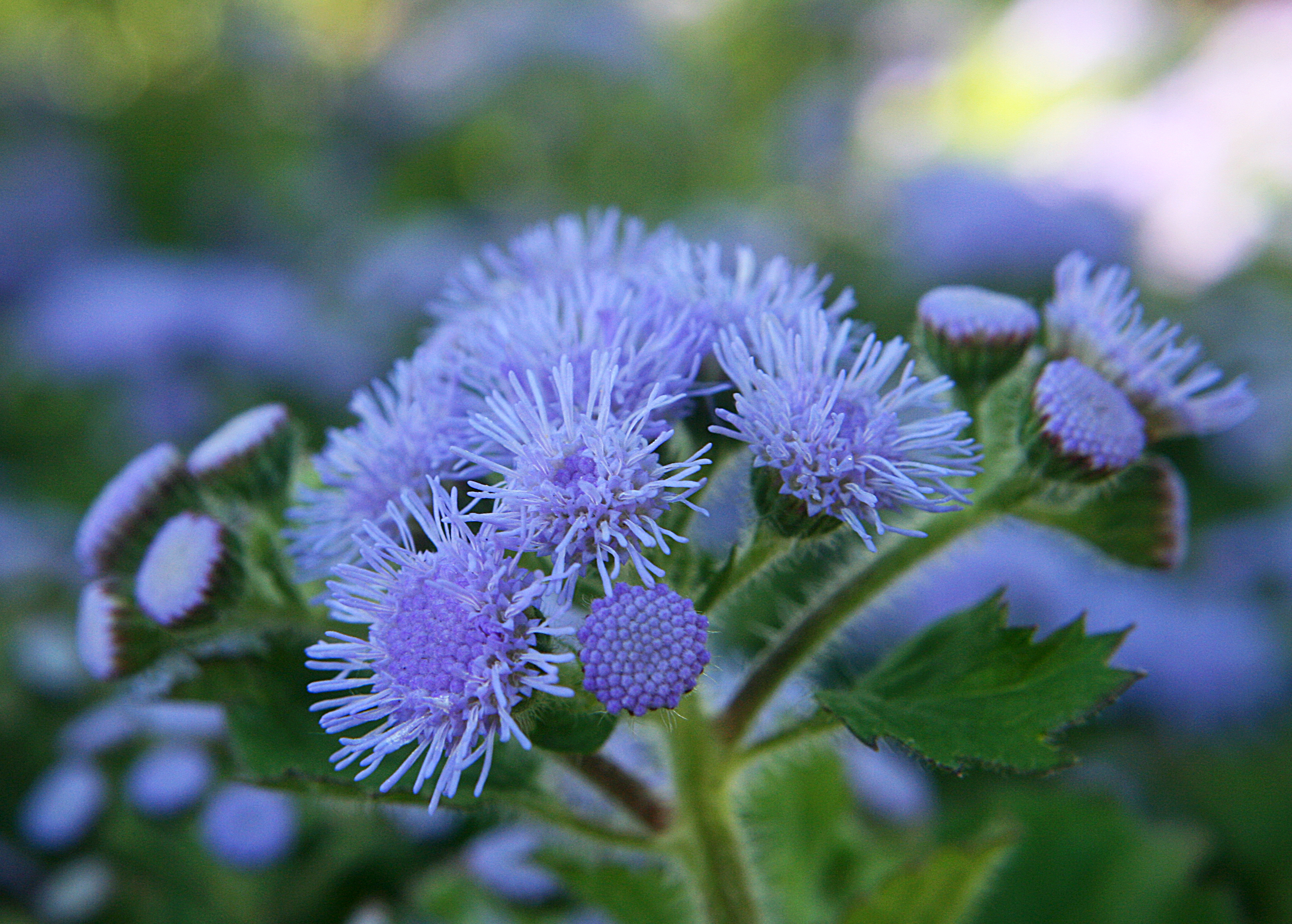Genus Achillea
This plant should be divided every 3rd year to maintain vigor. A. Lachsschonheit is an upright plant that produces tiny flowers in flat heads that terminate rigid, leafy stems during the summer. The flowers are pale salmon-red fading to a creamy yellow. The leaves are feathery and finely divided into oblong to lance-shaped segments. This plant should also be divided every 3rd year to keep it growing actively. Other Achilleas will be mentioned below in the varieties section.
Pot Cultivation
These plants should be grown in fertile, moist, but well-drained soil in full sun. All, except A. ptarmica and A. ageratum should be lifted and divided every 2nd or 3rd year to keep them growing actively. Coronation Gold and A. Filipendulina should be planted in well-drained, moisture-retentive soil.Propagation
The herbaceous kinds spread quickly and may be increased by detaching rooted pieces in the spring or fall. They will need to be supported by stakes in the summer, since they have loose habit of growth. Those grown in the rock garden may be increased by cuttings taken from young shoots in the summer or by division of old plants in the spring or fall.
A. ageratum

A. Clavennae
VARIETIES
- A. Ptarmica & varieties The Pearl & Snowball;
- A. ageratum (Sweet Nancy);
- A. Millefolium (Yarrow or Milfoil - flowers are hot pink) & varieties Cerise Queen & rosea;
- A. Filipendulina (deep yellow) & varieties Gold Plate & Coronation Gold (brilliant golden yellow);
- A. Taygetea (pale lemon-yellow);
- A. ageratifolia & variety Aizoon;
- A. Clavennae;
- A. umbellata
- A. tomentosa;
- A. rupestris; King Edward (a hybrid);
- A. Forncett Candy;
- A. Wesersandstein (bright salmon-pink fading to sandy-yellow);
- A. Lachsschonheit (pale salmon-red fading to creamy yellow);
- A. Fanal (bright red fading to yellowish red);
- A. Moonshine (bright yellow);
- A. Schwellenburg (lemon yellow).




